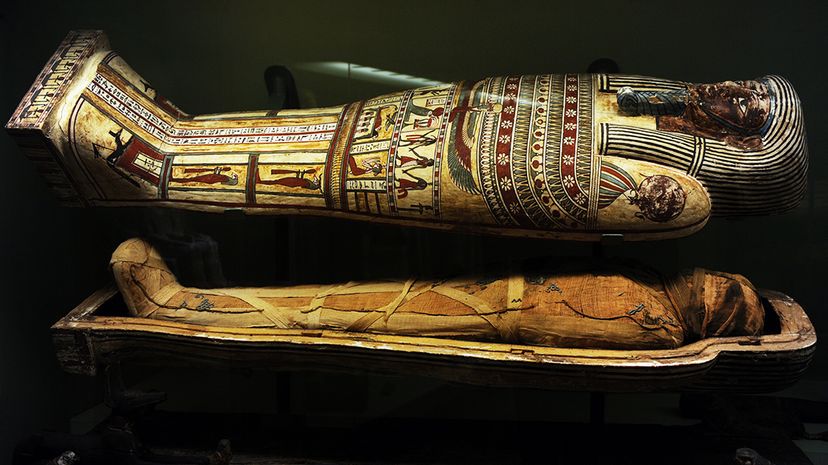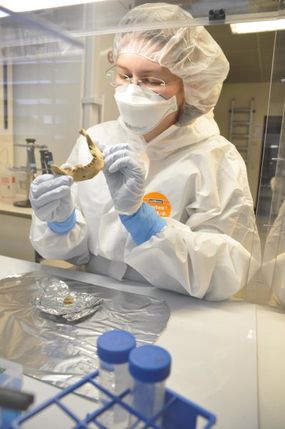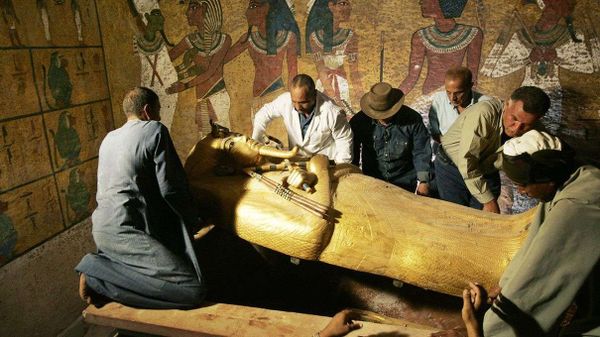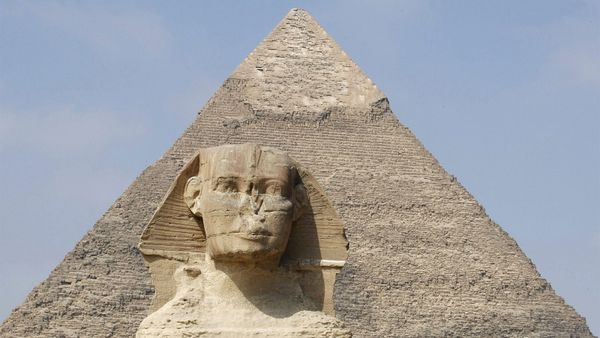
Mummies are useful for lots of things: Halloween costumes, Scooby-Doo episodes, ancient Egyptian crafts, and you can get a lot of mileage out of mummy puns, if you're into that sort of thing. But an international team of researchers has just discovered they're also good for parsing the origins of ancient Egyptians themselves.
Scientists have long assumed mummies were a dead end as a source of DNA helpful for studying ancient human populations. Over the years, researchers have tried different methods of extracting genetic material from mummified remains, but Egypt's hot climate, the humidity of the tombs in which the mummies were buried, and the chemicals used in the mummification process have, up until now, rendered their DNA unreadable.
Advertisement



